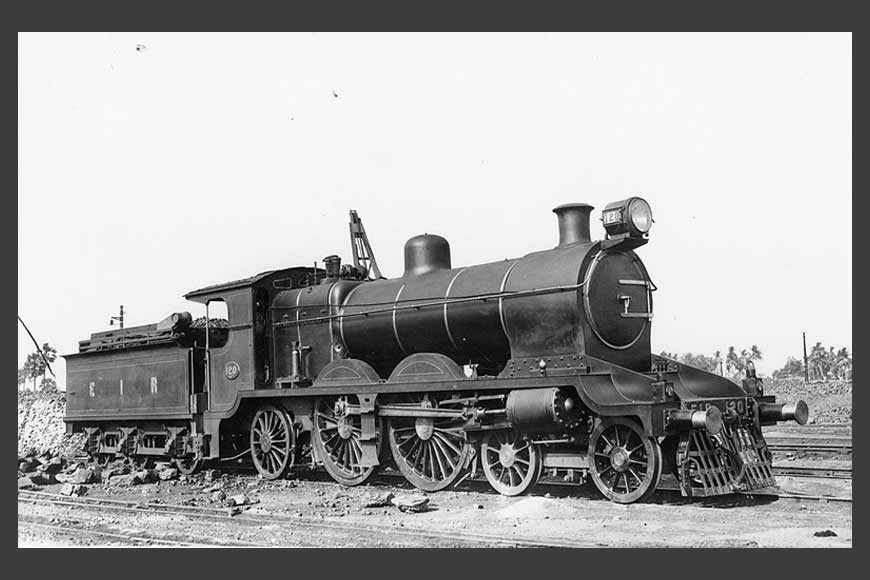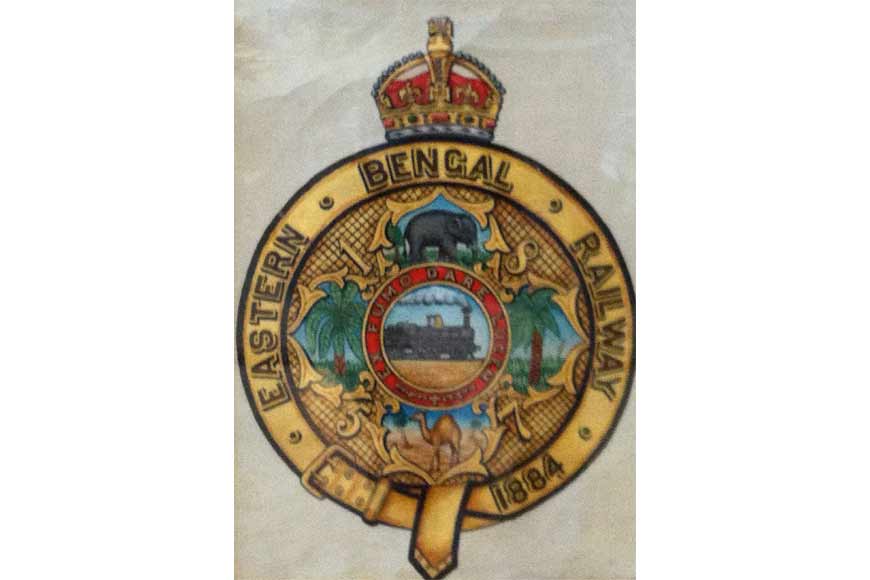Chugging tales of Bengal Railways, the first track of British India

Part 1: Why Bengal Railways was confronted with a resistance from River Trade
Triangulating India with railway at a cost of about fifty million pounds was indeed an ambitious plan of the British for the sake of their own trade development. After conducting a year-long survey of landscape, possible routes and profitability, a Scottish engineer named Macdonald Stephenson proposed the first Indian railway scheme in 1845 to connect Calcutta, Delhi, Bombay and Madras with other major towns in between. Regions east of Calcutta or eastern Bengal (later to become Bangladesh), along with Assam, were excluded from the purview.
However, excluding Eastern Bengal from the initial railway projects came with a set of disadvantages. A 15-page monograph, published in 1848, strongly criticized Stephenson’s new East Indian Railway Company as a wider vision of the water regime of the lower Ganga Valley that could support an extensive range of trade and commerce was not taken into account. The lower Ganga Valley was like a funnel whose apex was the starting point of the Delta and Calcutta was as a bottle which would draw the trade of the Ganga Valley through the funnel where the proposed railways would work like a pipe. Therefore, the railways were supposed to have a complementary rather than confrontational relationship with the Eastern Bengal Delta.

If the expansion of the Railways in Bengal in the following decades are examined, it appears that the commercial importance of the Bengal Delta was immense. Thus, the railways engaged with the Ganga Delta through its fluvial heart contested, rather than complemented the water regime of the Delta. To connect Calcutta with Dhaka, the first railway line was opened from Calcutta to the lower Ganga bank in Kushtia in September 1862. In 1871, this line was extended southward to the Goalundo bank of the Ganga. With its many branches extending along both banks of the lower Ganga, it came to be known as the Eastern Bengal Railway (henceforth EBR).
In July 1884 the government acquired EBR and amalgamated it with the Northern Bengal State Railway in 1887. The first section of the Assam-Bengal Railway (henceforth ABR) was opened between Chittagong and Comilla in 1895. The line was constructed to meet the demand of the tea companies in Assam which wanted railway facilities for the export of tea via the Port of Chittagong. This line lay on the left bank of the Ganga and both banks of the Brahmaputra. In 1942, the ABR was taken over by the state and was amalgamated with the EBR to form the Bengal and Assam Railway. The expansion of the railways was such that by 1933 Bengal had more railways on the basis of area than any province except the United Provinces.
To be continued
(Source: FIBIS Fact File #4: “Research sources for Indian Railways, 1845-1947”
'Researching ancestors in the UK records of Indian Railways'
India Office Records (IOR) held at the British Library)










